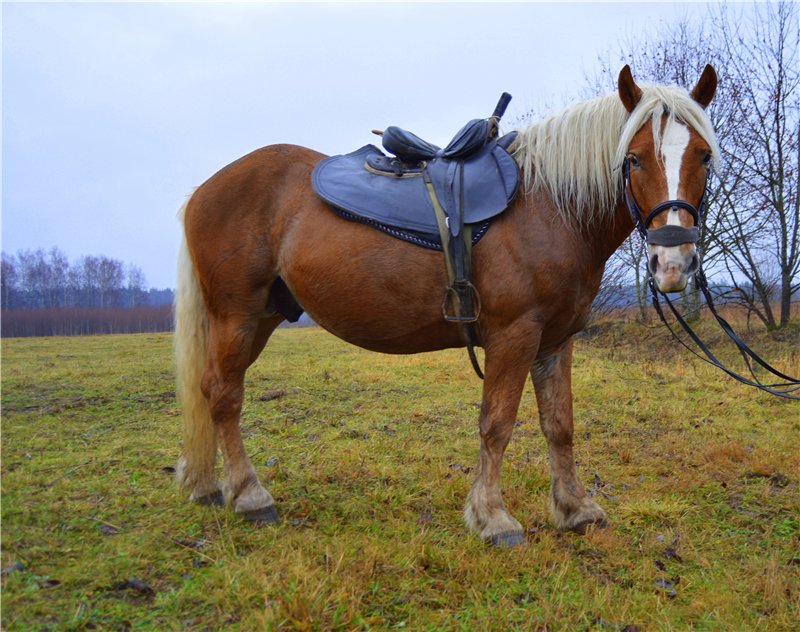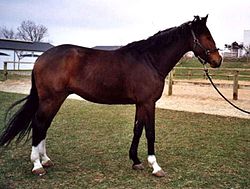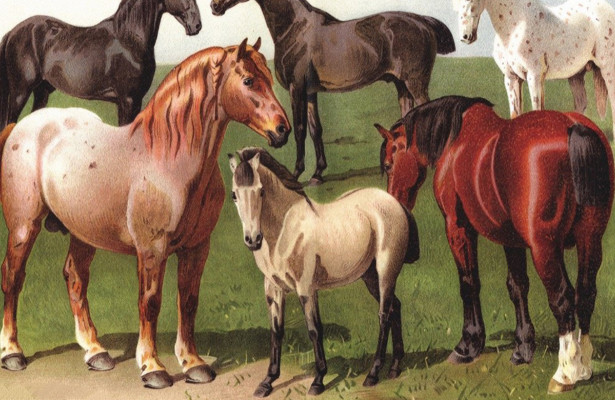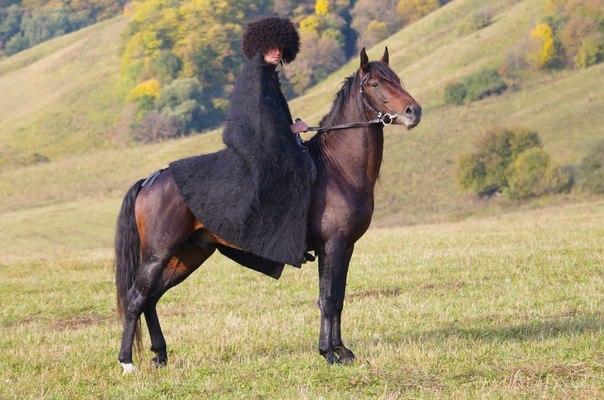OSSETIAN ROCK HORSE (part 4)
 The high level of development of horse breeding among the Alans is evidenced by archeological data and written sources. Thus, an excellent Alanian horse is reported by an anonymous Armenian author of the 9th century (according to other sources – the 11th century), referred to by some researchers as the Pseudo-Shapuh Bagratuni. In his work, he presents Alanya as a country in which there are many “noble horses” [7, p. 76]. Probably, noble horses are understood as purebred Alanian riding horses, distinguished by purity of blood and superior to other breeds by a combination of qualities necessary for a good riding horse.
The high level of development of horse breeding among the Alans is evidenced by archeological data and written sources. Thus, an excellent Alanian horse is reported by an anonymous Armenian author of the 9th century (according to other sources – the 11th century), referred to by some researchers as the Pseudo-Shapuh Bagratuni. In his work, he presents Alanya as a country in which there are many “noble horses” [7, p. 76]. Probably, noble horses are understood as purebred Alanian riding horses, distinguished by purity of blood and superior to other breeds by a combination of qualities necessary for a good riding horse.
Seljuk Sultans, who captured vast territories in the Middle East during the pre-Mongol period, were true admirers and deep connoisseurs of riding horses. Of all the known horse breeds, they usually chose between horses brought from Hungary or the Caucasus. Eastern authors call Caucasian horses “Tavlinsky” [4, p. 56]. Continue reading
OSSETIAN ROCK HORSE (part 3)
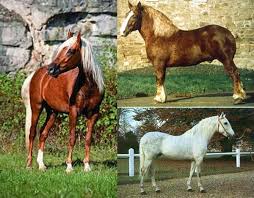 Archaeological material belonging to the Scythian period reflects close contacts between Iranian-speaking nomads and Caucasian tribes. Particularly intense interaction took place in the Central Caucasus. Under the influence of the ancient Iranians, local tribes underwent changes in military affairs. They began to use cavalry in the war, especially in the 7th-6th centuries. BC, during the stay in the open spaces of the North Caucasus Scythians. From time to time, their numerous equestrian squads made successful campaigns from here to the countries of the Near East. During this period, cavalry became the dominant branch of the Caucasian tribes. Together with equestrian battle tactics, Caucasian tribes adopt the horse itself from the Scythians. Part of the Scythians, and in the VI-V centuries. BC. and savromatov, mixed with cobans who lived in the foothills. The presence of nomadic burials in the mountainous regions of the Central Caucasus dating back to the 7th-6th centuries. Continue reading
Archaeological material belonging to the Scythian period reflects close contacts between Iranian-speaking nomads and Caucasian tribes. Particularly intense interaction took place in the Central Caucasus. Under the influence of the ancient Iranians, local tribes underwent changes in military affairs. They began to use cavalry in the war, especially in the 7th-6th centuries. BC, during the stay in the open spaces of the North Caucasus Scythians. From time to time, their numerous equestrian squads made successful campaigns from here to the countries of the Near East. During this period, cavalry became the dominant branch of the Caucasian tribes. Together with equestrian battle tactics, Caucasian tribes adopt the horse itself from the Scythians. Part of the Scythians, and in the VI-V centuries. BC. and savromatov, mixed with cobans who lived in the foothills. The presence of nomadic burials in the mountainous regions of the Central Caucasus dating back to the 7th-6th centuries. Continue reading
OSSETIAN ROCK HORSE (part 2)
 He left the following description of horses that were used for riding by Ingush mountaineers: “Horses in the mountains are small, but hardy, light on the move” [12, p. 372].
He left the following description of horses that were used for riding by Ingush mountaineers: “Horses in the mountains are small, but hardy, light on the move” [12, p. 372].
Describing Adyghe horses, Y. Klaprot reports that their horses are of medium size, mainly chestnut or bay suits. He indicates that the best breed among the Adyghe horses is a hut, whose foal is equal to the price of a slave. At the same time, Y. Klaprot draws attention to the fact that “there are not so many good horses among the Circassians, as is usually believed” [9, p. 223]. As follows from this message, the Adyghe horses were slightly higher in growth in comparison with the horses of other highlanders. The rather large similarity of the descriptions of the horses of the mountain peoples of the North Caucasus, which is observed in written sources, probably indicates their common origin. Continue reading
OSSETIAN ROCK HORSE (part 1)
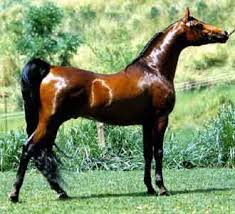 The horse played an important role in the life of Ossetians. In almost all written sources mentioning Ossetians, one can always find reports of their horses [2; 7; 8; 13; fourteen; 16]. Osteological material in the burial places of antiquity and the Middle Ages testifies to the widespread use of horses among the Ossetian ancestors. Ethnographic material demonstrates the important place of a horse among Ossetians during the period of traditional societies [1; 5]. The data of Ossetian linguistics and folklore also indicate the development of horse breeding among Ossetians in the past [15].
The horse played an important role in the life of Ossetians. In almost all written sources mentioning Ossetians, one can always find reports of their horses [2; 7; 8; 13; fourteen; 16]. Osteological material in the burial places of antiquity and the Middle Ages testifies to the widespread use of horses among the Ossetian ancestors. Ethnographic material demonstrates the important place of a horse among Ossetians during the period of traditional societies [1; 5]. The data of Ossetian linguistics and folklore also indicate the development of horse breeding among Ossetians in the past [15].
The relevance of the topic of this study is determined by the extremely unsatisfactory state of knowledge of the issue of the Ossetian horse. A deep and comprehensive study of the role of the horse in military affairs involves the study of the type of horse that was used by Ossetians in the mountains. In this article, based on various sources, mainly written evidence, we will consider the features of the Ossetian rock breed of the horse and try to illuminate the history of its origin. Continue reading
HORSE BREEDS (part 2)
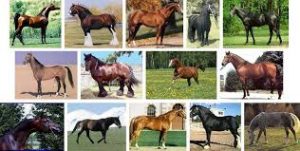 Although some believe that only Arabian and English thoroughbred belong to purebred breeds. The remaining breeds are considered warm-blooded or half-blooded. About horses of other breeds, one can say purebred, but it is not customary to say purebred.
Although some believe that only Arabian and English thoroughbred belong to purebred breeds. The remaining breeds are considered warm-blooded or half-blooded. About horses of other breeds, one can say purebred, but it is not customary to say purebred.
A bedrock is a breed that can survive in a certain area without interbreeding with other local breeds or breeds brought from abroad.
A heavy truck is a workhorse whose build, muscles and stamina allow you to carry heavy loads. Heavy breed horses are usually large, massive, with a large head and well-muscled muscles. The most famous breeds of this group are barbanson, bred in Belgium; Shire breed bred in England; perchers (French district of Pershi). From domestic breeds – Vladimir heavy truck, Russian heavy truck and Soviet heavy truck. Continue reading

